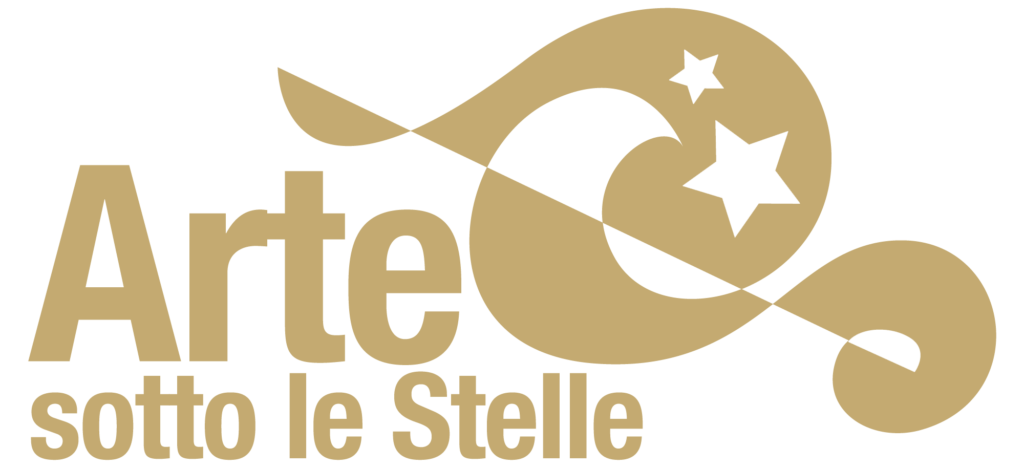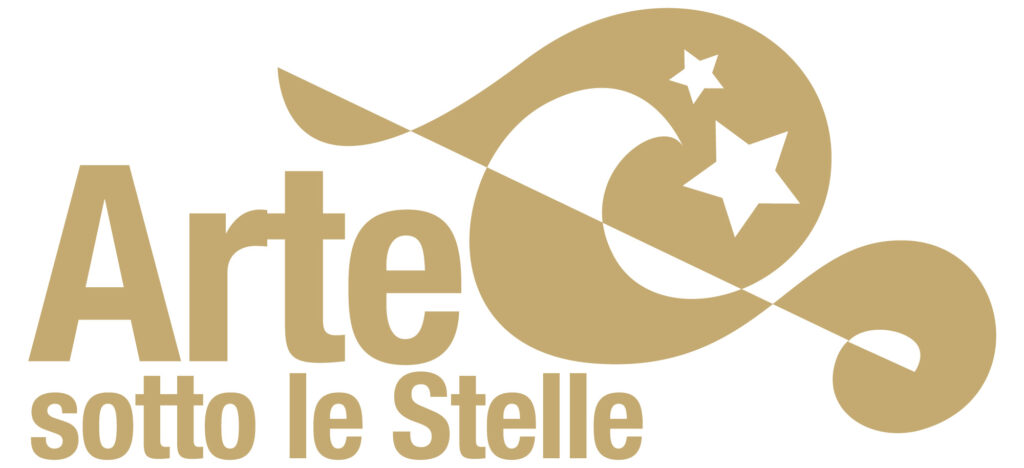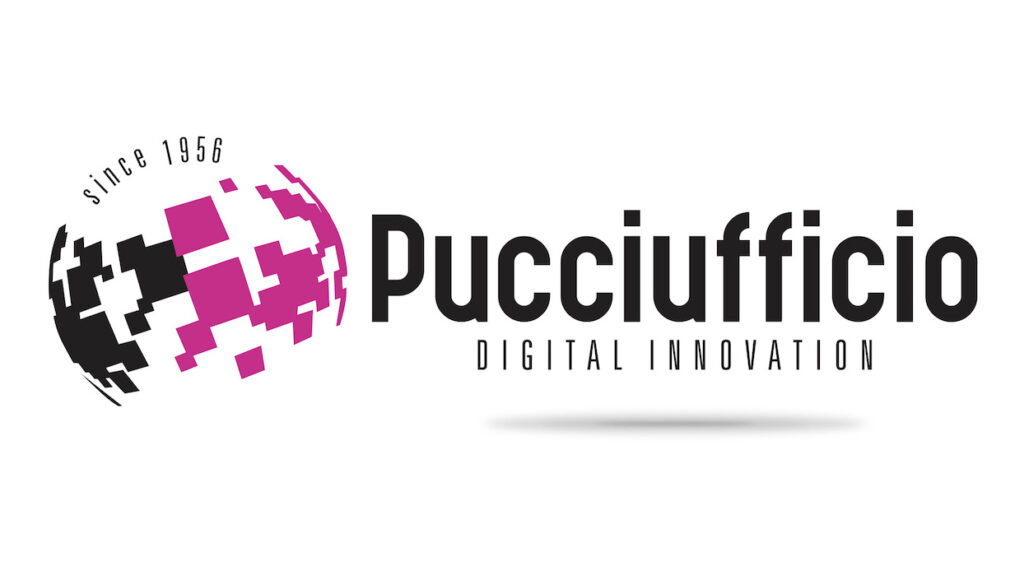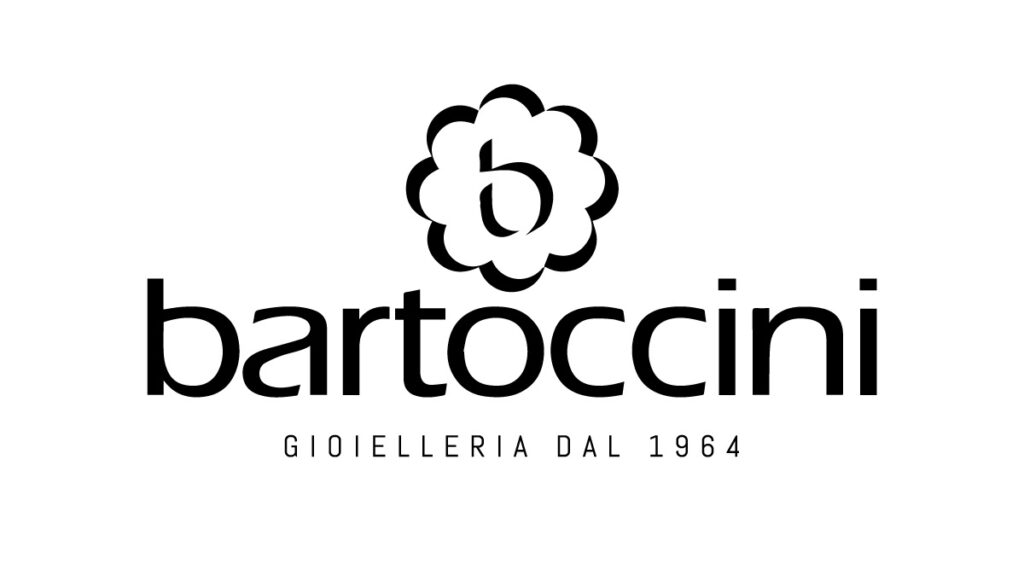Comune di Marsciano
Il territorio racchiuso dal Comune di Marsciano mostra i tratti di un paesaggio tipicamente umbro: fertili campagne e dolci colline disseminate di piccoli borghi e attraversate da strette e tortuose strade, piccole piazze all’interno di castelli ed edifici medievali di cui spesso rimangono solo ruderi e tracce. La vegetazione è caratterizzata da boschi di leccio e quercia, interrotti qua e là dalle essenze della macchia mediterranea, fino alle colline sapientemente coltivate a vite, olivo, girasole e grano. La valle-gola del Fersinone, ricca di percorsi naturalistici, mostra numerosi corsi d’acqua e cascatelle, pietre levigate e vegetazione spontanea presso le sue rive. Il territorio è caratterizzato anche dalla presenza del fiume Tevere e del suo affluente Nestore che giunge da nord-ovest, dove sorge nel vicino comune di Piegaro.
L’area, in base ai reperti ritrovati, racconta di insediamenti molto antichi, risalenti all’età del bronzo, all’epoca epoca etrusca e romana; uno degli imperatori dell’antica Roma, Vibio Treboniano Gallo, era nato proprio nei dintorni di Marsciano, a Monte Vibiano Vecchio.
Il territorio conosce il massimo splendore a partire dal Medioevo, grazie alla sua posizione centrale rispetto alle potenti città di Perugia, Todi, Orvieto e in epoca rinascimentale, come testimoniano gli affreschi che arricchiscono le chiese dei vari borghi. Per comprenderne l’importanza basta citare fra tutti l’affresco del Perugino raffigurante San Sebastiano custodito nella chiesa parrocchiale di Cerqueto.
Particolare rilievo assume, sin dai tempi antichi, la produzione del laterizio e della terracotta: tracce della produzione di ceramica sono rinvenibili sul territorio a partire dall’età classica fino alla piena industrializzazione, senza soluzione di continuità. Il Museo Dinamico del Laterizio, museo diffuso, accompagna i visitatori nei borghi più caratteristici del Comune di Marsciano valorizzando le tracce di un passato artigiano.
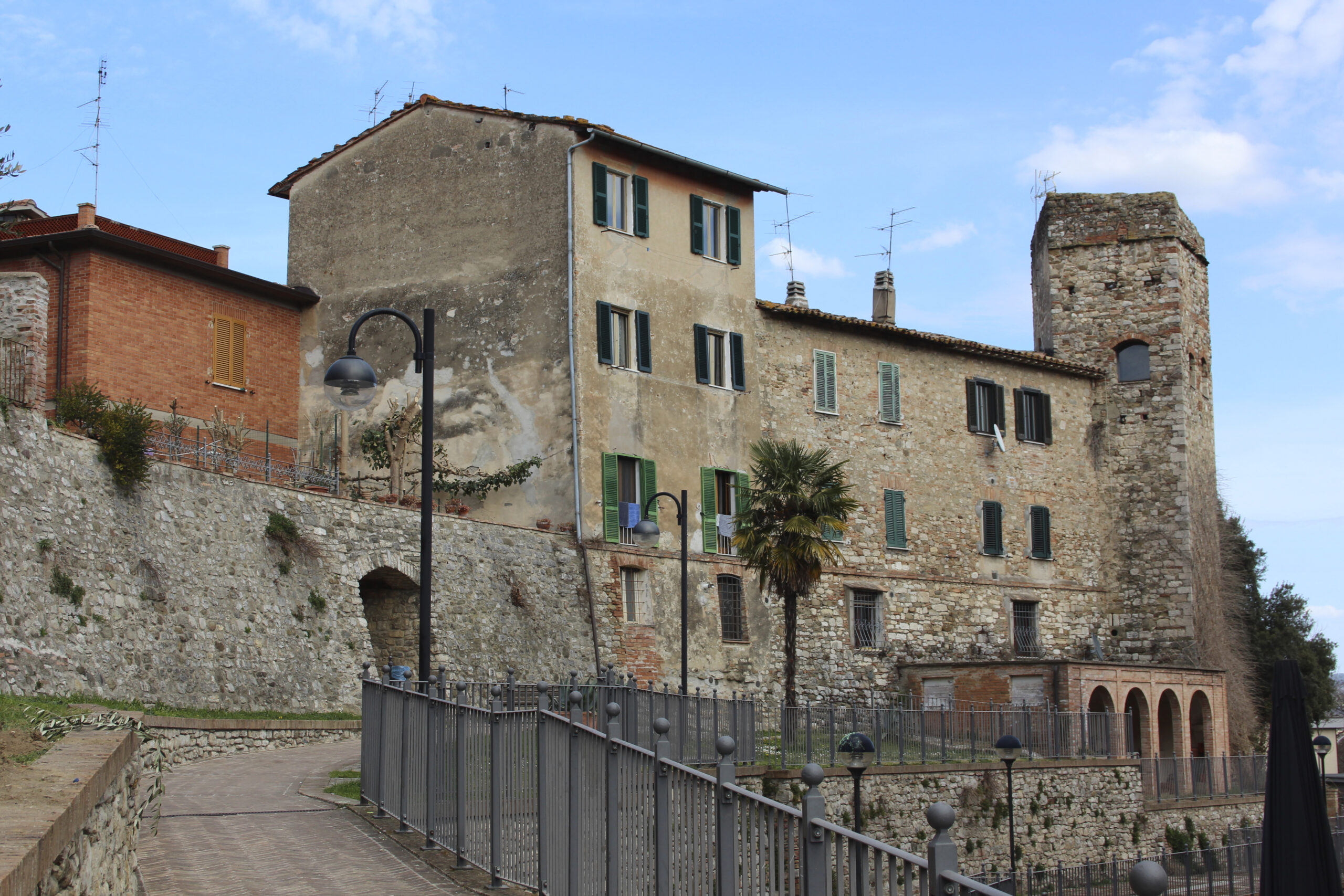
Sito ufficiale:


